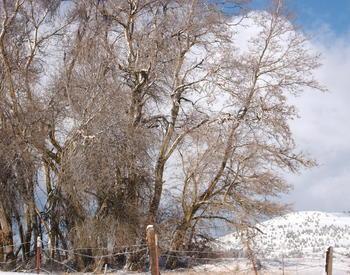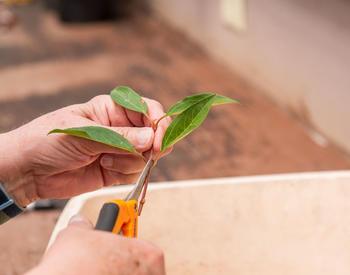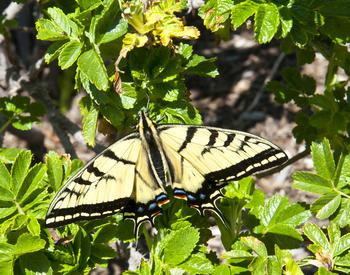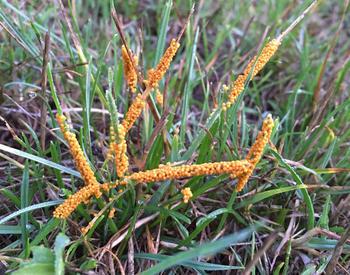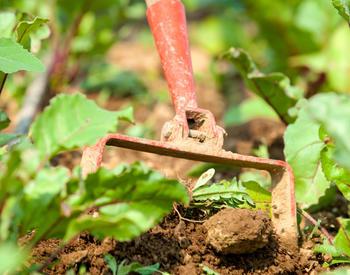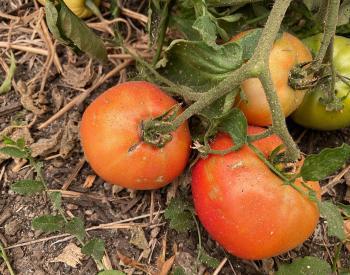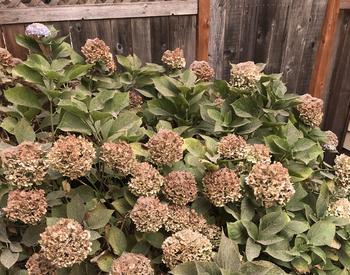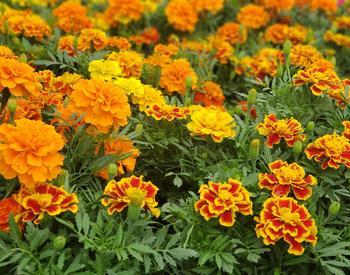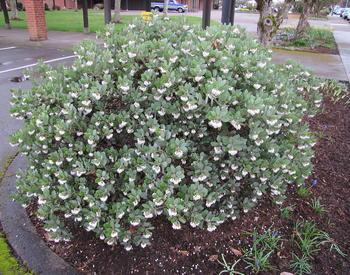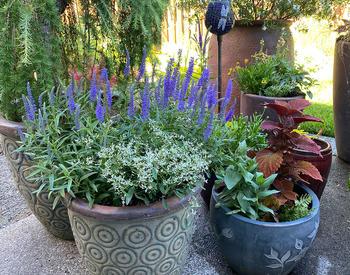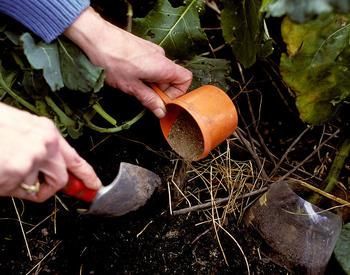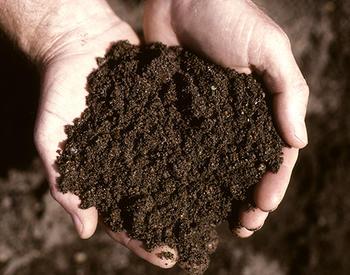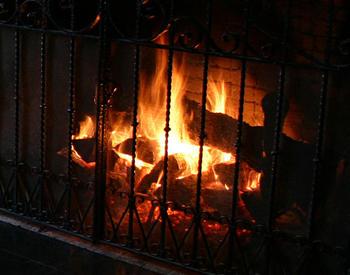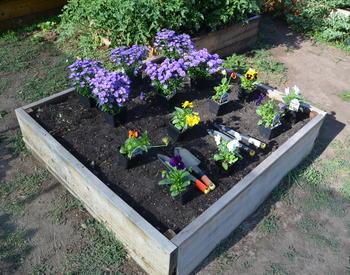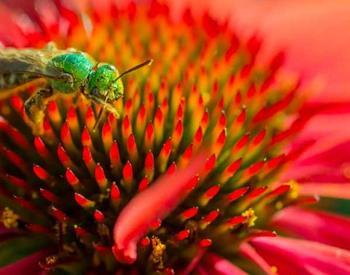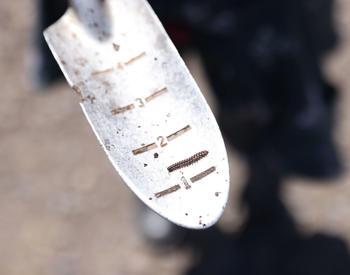As the outdoor gardening season reaches its conclusion, cool temperatures and shorter daylight hours take over. That means it's time to winterize gardens and position them for continued health and beauty over the winter months.
For ornamental gardens and foundation plantings, it’s time to complete a few tasks, but heavy pruning of “woodies” — trees and shrubs — is best left to late winter. Pruning in the fall or early winter might encourage new growth that's later damaged by frost. Exceptions include dead, damaged or diseased material — the risks of not removing these are greater than that of potentially damaged regrowth. Most fall work in the ornamental landscape is focused on the maintenance of herbaceous material.
Cutting back perennials
As perennials like Shasta daisies, rudbeckias, mums and salvias finish blooming and stalks dry out, they should be cut back to tidy the garden. Cutting back is easier in fall when the stems are upright: winter snows mash them in all directions making removal a lengthier process. Previous wisdom has been to cut these stems back nearly to the ground. Newer research suggests that hollow-stemmed perennials, once cut back, can serve as nesting sites for native bees.
This technique of providing bee habitat may work better on early blooming perennials, stems of which would be available nesting material for a longer period. This topic is ripe for further research. Whether cut ground level or at about two feet to provide pollinator habitat, cut back perennials for the winter season and remove dead leaves and stems.
Mulch
A good application of mulch helps regulate soil temperature and provides insulation to the root zone of plants. This is especially helpful for plants with lots of roots close to the soil surface. Many novice gardeners are surprised to learn that a cycle of frost-thaw, frost-thaw can be more damaging to plants than temperatures that get cold and stay cold.
The warm-cold cycle causes some plants to heave from the soil, can cause roots to dry out and is detrimental to trees. A layer of 3–4 inches of natural products like bark nuggets or shredded bark is commonly recommended. Mulch should not be piled, volcano style, at deeper levels around the trunks of trees.
Dig and divide
Once plants have been cut back and cleaned up, it’s sometimes obvious that one plant has outgrown its designated location or is large enough to be divided into multiple plants to fill in other garden spots. Fall is a great time to divide most perennials. Plants that have a rosette growth habit (all leaves seeming to originate from one central point) are generally not conducive to dividing, but numerous others benefit from division.
Often forgotten at division time are the bulbs — often most traces of their spring beauty are gone by fall. Bulbs like tulips, daffodils and hyacinths should be divided every three to five years by digging them up and removing “daughters” from the main bulb to be replanted separately. There’s no one schedule that fits all plants and gardens, but failure to divide bulbs periodically leads to ever smaller and smaller blooms and weak plants struggling to compete with each other.
Protect tree trunks
Young and recently planted trees are especially prone to trunk damage when there are mild days and drastically colder nights. On sunny winter days, the exposed sides of tree trunks thaw differently from the shady sides, leading to cracking and splitting on the sunny side.
Small cracks allow the entry of bacteria, fungi and insects, which create larger problems. Strong winds add further damage. A variety of tree tape and coiled plastic protectors are available. Now is the time to apply these if your trees are vulnerable.
Remove weeds
They might look dead and harmless now, but the roots of perennial weeds are growing underground during winter, just like the roots of desirable plants. Tops may contain thousands of seeds, a deposit for next year’s weed bank.
If fall brings rain, weeds are much easier to pull. For a few stubborn taprooted weeds, fall is a good time to apply herbicide as the plant is pulling nutrients into the root for winter.
